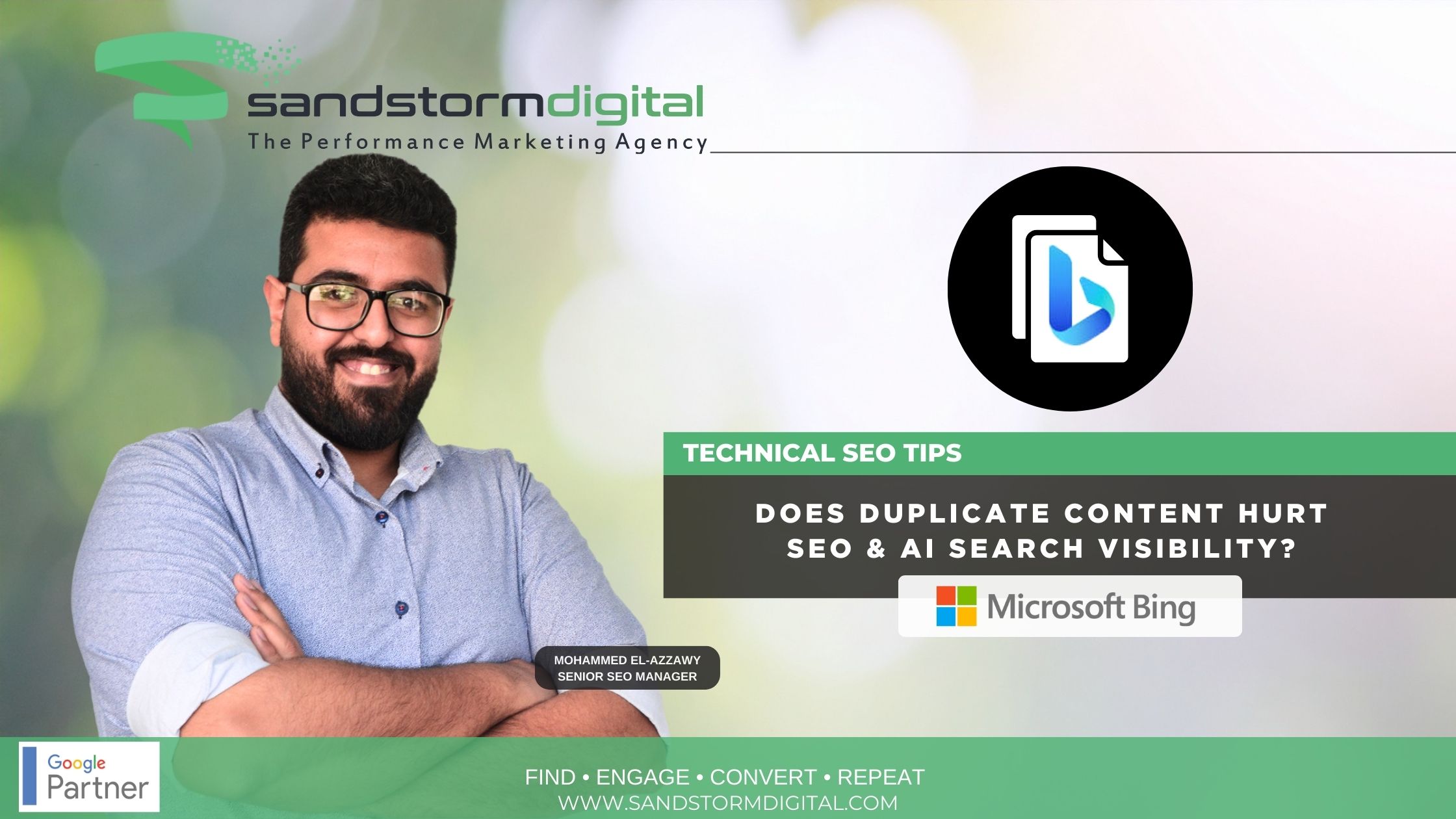Google AdWords is one of the most popular pay-per-click (PPC) advertising platforms in the world, and millions of websites use its publisher’s component AdSense to bring in some extra revenue. AdWords displays context-relevant ads determined by the contents of the page that they are being displayed on, while advertisers pay a few cents every time someone clicks on one of their advertisements.
While the concept sounds simple enough, succeeding with AdWords takes a bit of skill and knowledge of your market place. After all, unless a decent amount of your clicks lead to sales, you’ll end up not evening making back the money that you spend on advertising. The average conversion rate is little over 2% of the total number of clicks, but while such a rate will likely still leave you with a profit, you’re going to need to aim for a rate of at least 5%. In fact, the top 10% of AdWords users see a conversion rate of over 11%. In this article, we’ll take a look at some of the tried-and-tested ways in which you can increase the percentage of your ad clicks that become sales. You may be surprised that some of the simplest, quickest changes to your AdWords copy can make all the difference.
Familiarising Yourself with the Elements of an AdWords Text Ad
Before you go about writing your ad copy, you’ll want to make sure that you’re completely familiar with the platform and how it works. Text ads are limited to a total of 130 characters, and this includes the headline, two description lines and a display URL. The headline is limited to 25 characters, the descriptions lines to 35 each and the display URL to 35 characters. For ads in languages that use double-width characters, such as Chinese, Japanese and Korean, the limits are halved.
Image ads provide a great deal more versatility, but they are also significantly more expensive. You can learn more about the AdWords image advertising policy at Google’s support page, but for the sake of this article, we’ll stick to text ads.
Hunting for Ideas
Rushing into your Google AdWords advertising campaign could end up costing you dearly, and particularly given the small text limits involved, you’re going to need to do a bit of research to come up with some sound ideas for your ad copy. If you have ever used PPC advertising before, take a look at your most successful ads to see what sets them apart from the rest. However, whether you’re just getting started for the first time or you are a PPC veteran, you should regularly check to see what your competition is doing.
Competitive research involves determining who your most successful competitors are in the first place. By finding out what they are doing, you’ll be able to get a better idea of what is effective for others in your industry, and you’ll also be able to determine what they aren’t doing so that you can modify your approach to better stand out from the crowd. The latter is rather risky, but it can be highly effective if approached with care.
To begin your research, simply head to Google and search for some keywords related to your niche, such as those that you intend to use in your PPC advertising campaign. Sponsored listings (i.e.: those created using Google AdWords) always appear at the top of the search results. Depending on your industry, you may notice that most of the ads display essential information, including a price and one or two unique selling points. You’ll also notice that every result includes the keyword that you searched for. To summarise, determine which characteristics most of the ads share, and you can be fairly sure that these characteristics will be essential in your own ad copy.
Writing Your Ad
Armed with a wide range of ideas at your disposal, it is time to start writing your ad. Don’t be afraid of writing down multiple versions for now: you can choose the most suitable option later when it comes to actually submitting your ad. Additionally, don’t worry too much about the text limits for now, since you can always prune your ad copy back a bit later. Consider the following essential tips for creating an ad copy that really shines:
. Keep your ad copy relevant. With the very small text limits at your disposal, it is essential that you keep your ad copy compact and concise. Use your chosen keywords to help show that your ads are relevant to their viewers. In addition, be as specific as you can, since using keywords that are too generic will leave your ad copy looking too vague.
. Provide one or two unique selling points that actually give your potential customers a reason to click on your ads. When they read your ad, your potential customers will want to know how you can help them and what they’ll need to do to make it happen. Be sure to focus on the reader, instead of talking about your business.
. Highlight the most important information to draw attention to things like discounts, special offers or other promotions such as free shipping. PPC ad copies are particularly good for advertising things like specific price discounts. Additionally, don’t forget to mention if any such offer is time-limited, since instilling a sense of urgency is a very effective way to drive sales.
. Your headline is ideal for providing a brief title of 2 to 5 words that best sum up your message, but it’s also good to include your domain name (albeit without the http://www). If your domain name contains more than one word, be sure to capitalise the first letter of each word to make it easier to read.
Conclusion
As is the case with any form of paid advertising, PPC does come with a degree of risk, though not as much as many other platforms. Fortunately, you can set a daily advertising budget, and when you reach it, your ads will stop being displayed until the next day. This provides you with a degree of freedom to experiment, and with a little trial and error, you should be able to find the optimal text ad copy before diversifying to include image and banner ads in your online advertising repertoire.











